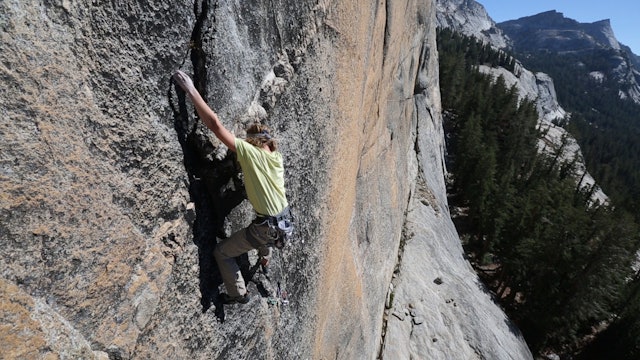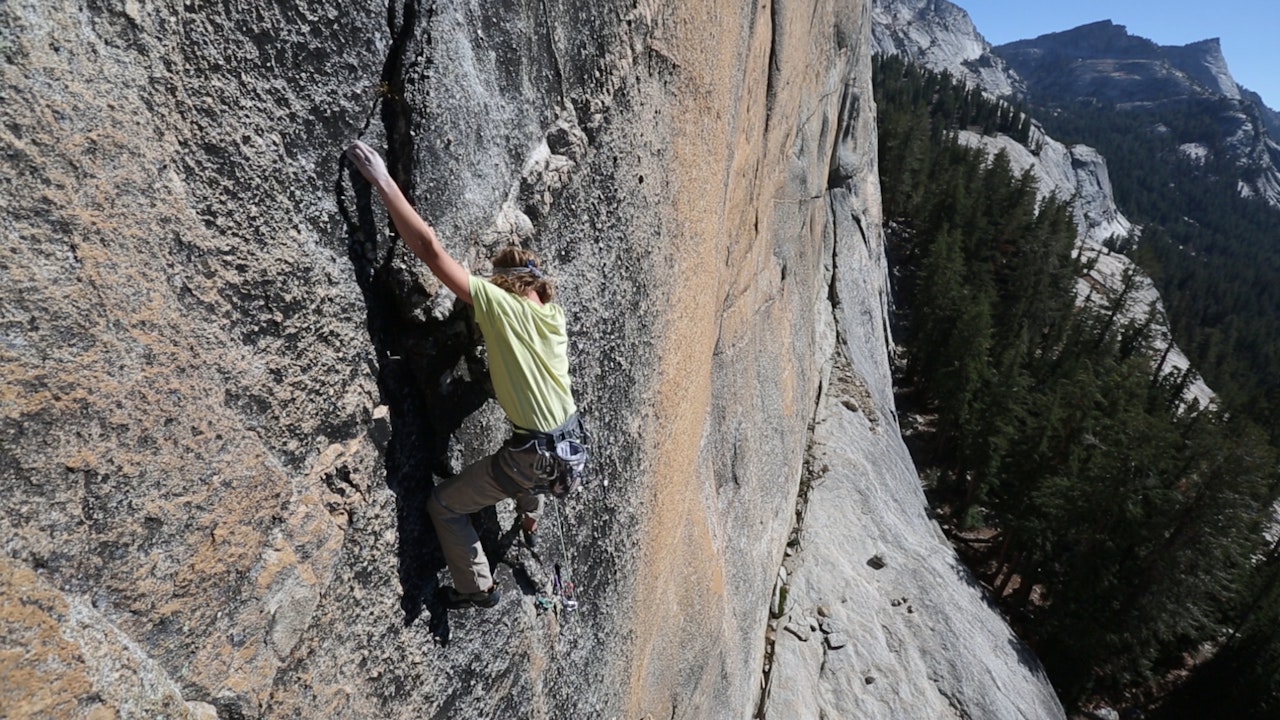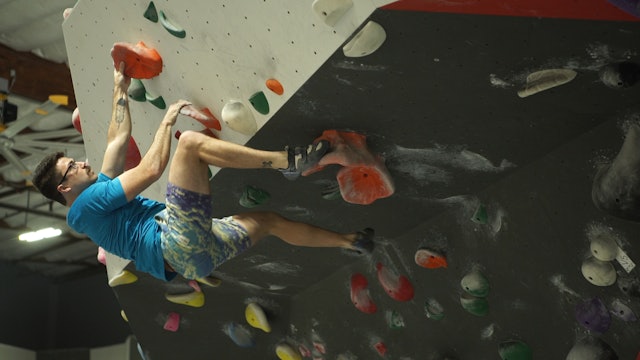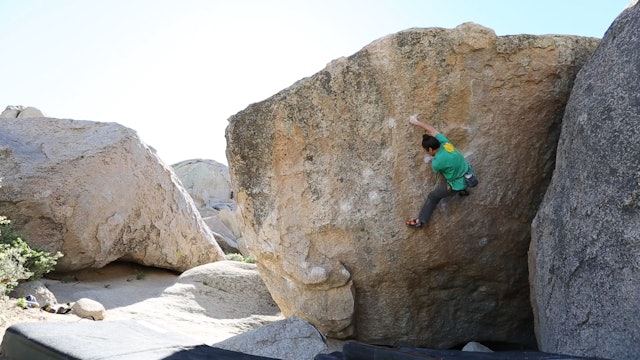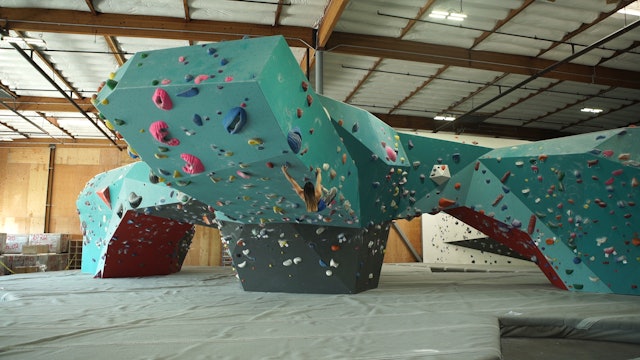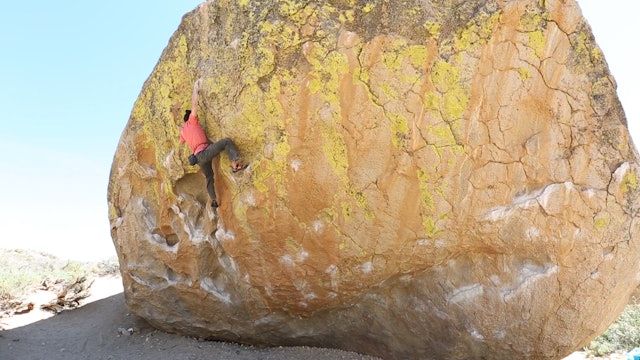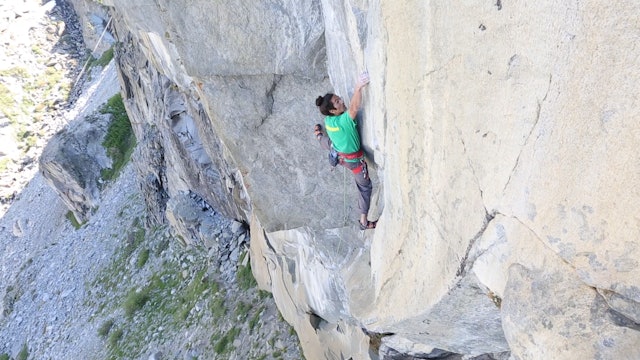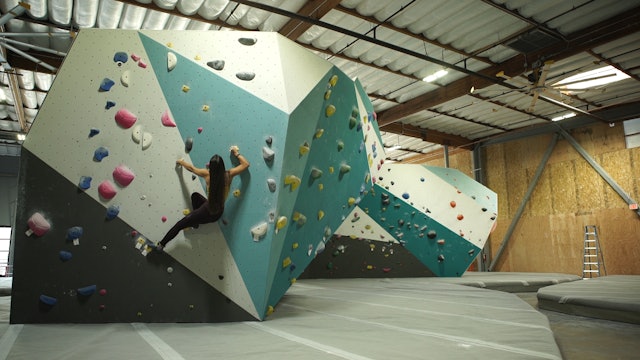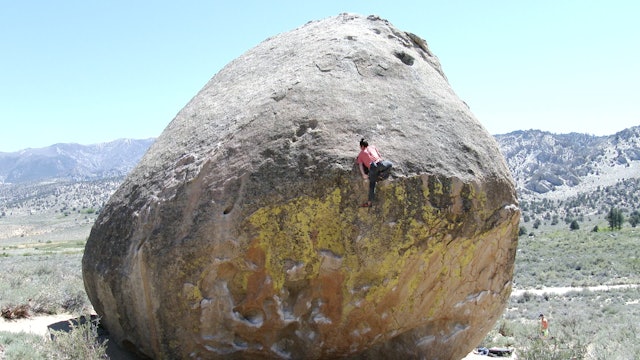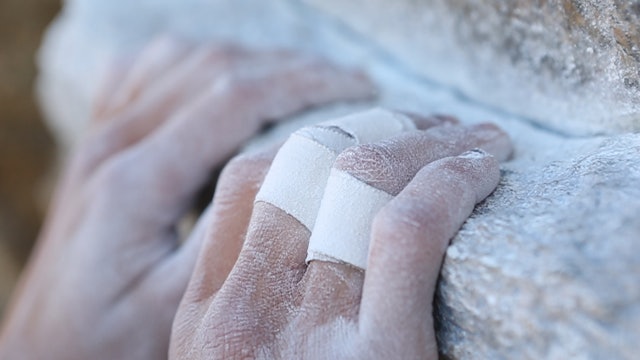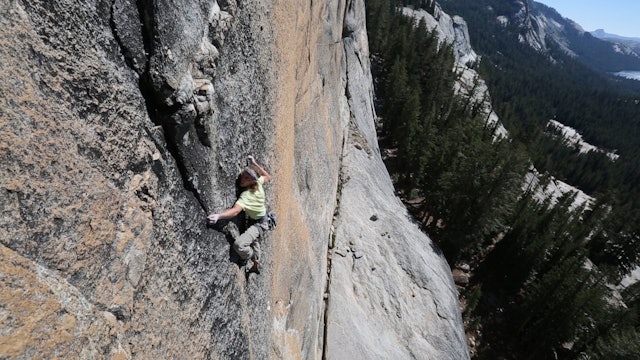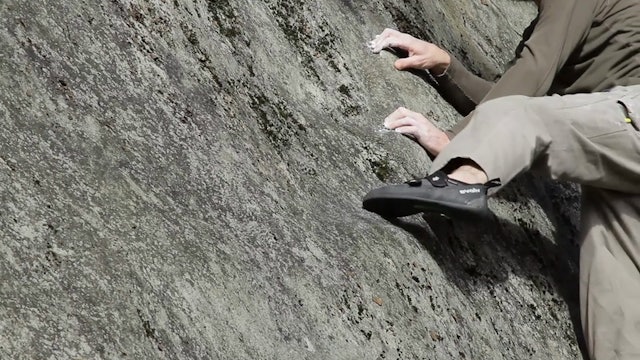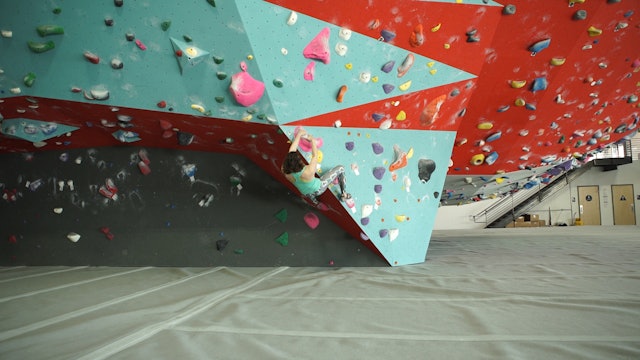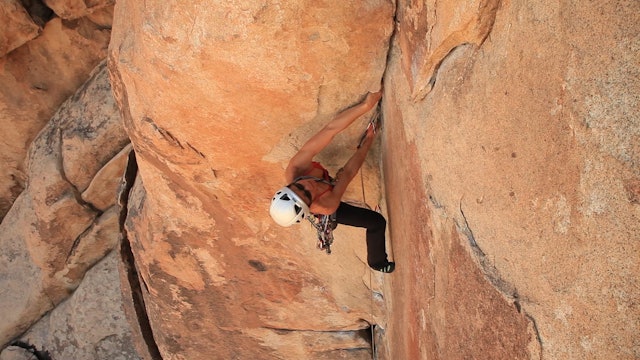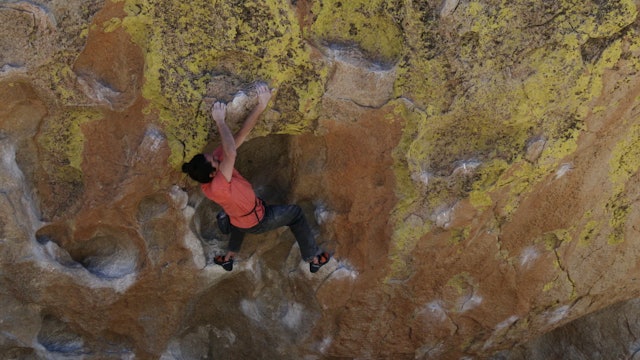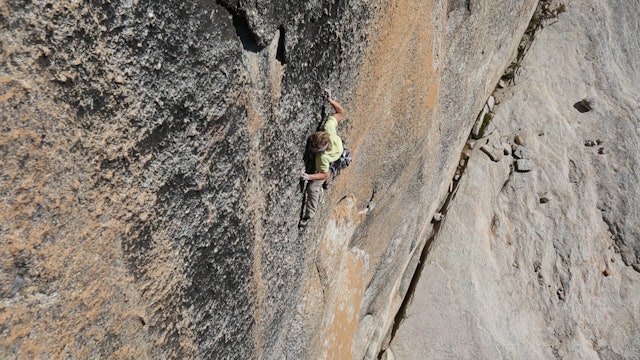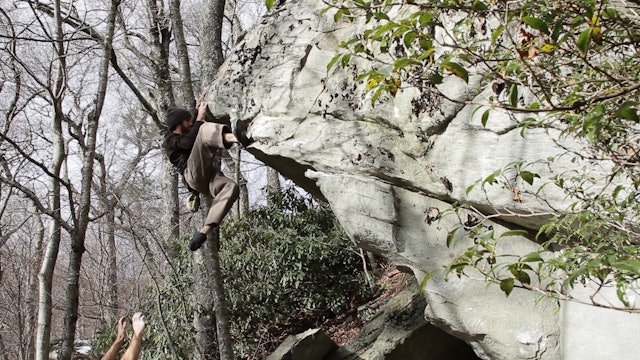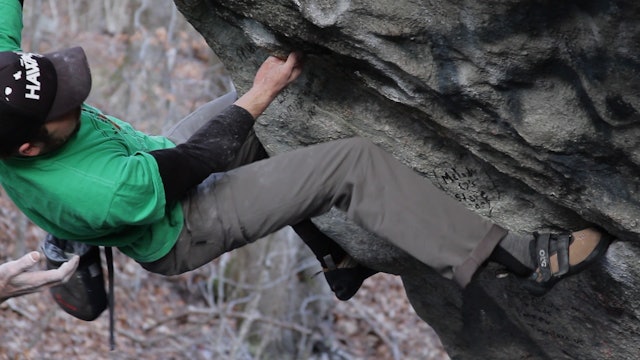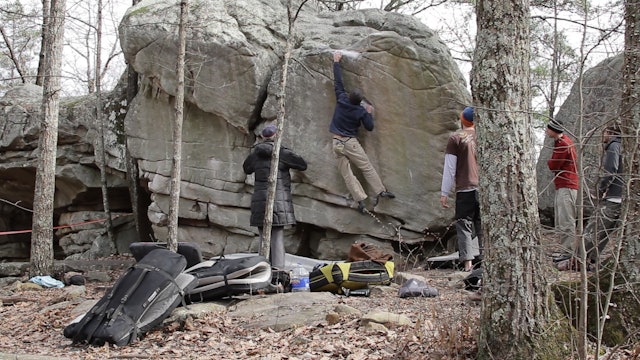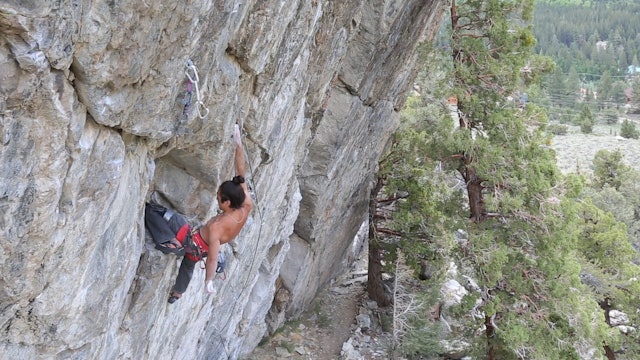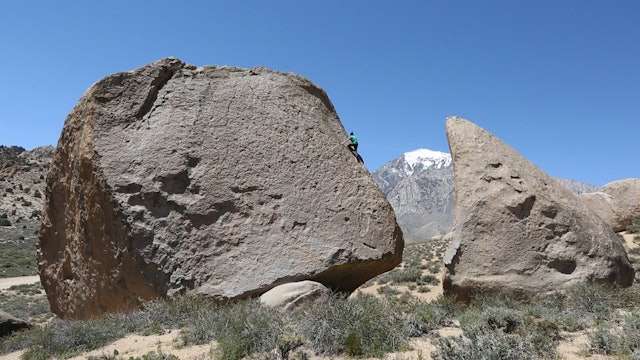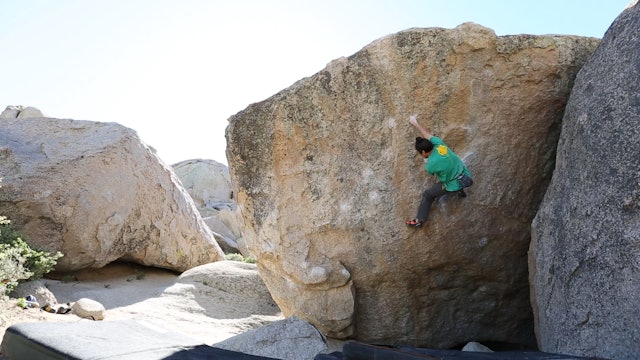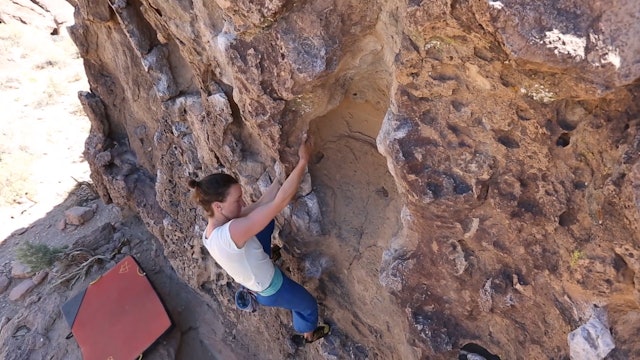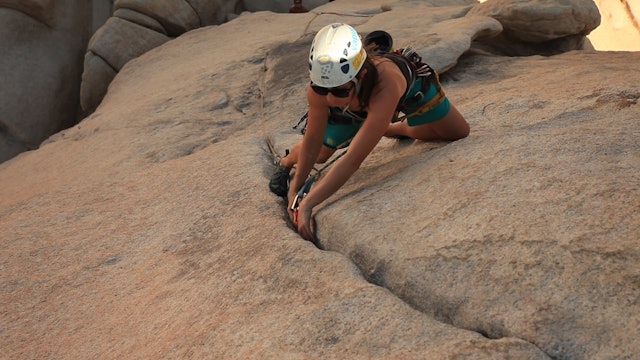Climbing Movement
Typically, the biggest difference between beginner climbers and advanced crushers is their understanding of Climbing Movement.
This ClimbingTechTips video series depicts the physical factors and biomechanics of Climbing Movement. This includes hands, feet, body posturing, and other considerations. We have included the fundamentals, as well as more advanced intricacies.
No matter which climbing category you prefer – gym climbing, bouldering, sport climbing, traditional climbing – we guarantee you will improve after dialing in essential Climbing Movement.
Let's get started! Our Climbing Movement video series is below. Be careful, and have fun!
Know & Go with ClimbingTechTips.com
Please remember, climbing is inherently dangerous. Climb at your own risk.
-
Climbing Movement: 1. The Process of Movement
The process of movement aims to describe and analyze the pattern your body follows to efficiently attain the next hold, using gravity in our favor.
The process of movement also consists of ways to generate momentum with your body (as seen in the video), keeping in mind your arms will always fail... -
Climbing Movement: 2. Direction of Pull
Most climbing holds have an ideal angle from which to pull. This indicates the direction of pull. Knowing how your hand should grab any hold is important in “planning your route”. This helps you determine your hand and foot “sequence”.
The direction of pull helps you understand how to make be... -
Climbing Movement: 3. Hand Hold Orientation
There are four basic types of hand-hold orientations found in rock climbing. This video does not describe the types of holds, such as a crimper or sloper. Instead, we are talking about hand-hold orientation.
The four types of hand-hold orientations:
1. Horizontal hold - With this type of ...
-
Climbing Movement: 4. Open Hand vs. In-Cut Climbing Holds
Let’s review the difference between Open Hand hand holds, and In-Cut hand holds. Think of open hand and in-cut as two different families of holds.
Open Hand - When your hand becomes molded to the rock, without an in-cut feature that allows you to pull on (or away from) the wall. Climbing on o...
-
Climbing Movement: 5. Jugs
A “jug” is a term used to describe a large positive feature, typically a hand hold. The textbook jug is a full hand, or in-cut, or positive circle of a hold, and allows you to completely latch on so you can feel secure.
A foothold can also be “juggy”, meaning very positive and capable of ea...
-
Climbing Movement: 6. Crimping
A “crimp” is a term used to describe small edges or hand-holds, ranging from in-cut to sloping. The word “crimp” can define both the type of hold, and the grip position itself.
Crimps are edges, and are often positive. At times they are smooth, like sandstone. Others are sharp or rough, suc...
-
Climbing Movement: 7. Down Palm
A “down palm” can often be used on face climbs, on slab climbs, and on “mantles” for “mantling”.
You won't always have a “perfect edge” when climbing. However, a rounded or "sloping" feature can also be made positive for movement.
This is accomplished by pressing with your palm downwards, ...
-
Climbing Movement: 8. Using Chalk
Chalk is a vital component for most climbers.
Without chalk on your hands, the climber is undoubtedly climbing in sub-optimal conditions. Greasy hand sweat impedes the climber’s ability to have optimum friction, in order to gain upward purchase on the rock.
In the early climbing days, o...
-
Climbing Movement: 9. Edges for Hands
An “edge” typically describes a rock feature, with a flat surface.
Edges vary in length. Longer edges are called “rails”, while shorter ones are proper edges.
Edges also vary in width. Smaller edges are known as “crimps” or “crimpers”. These can be as thin as a dime edge. Large ones are re...
-
Climbing Movement: 10. Edging for Feet
“Edging” is a term that describes precise placement of the inner or outer edge of the climbing shoe.
Edges are small, in-cut, or somewhat positive footholds that lend themselves to accurate foot placements.
Edges are not always horizontal. More difficult routes have edges at different or...
-
Climbing Movement: 11. Hips In
The theory of “Hips In” relates to our “Posturing” and “Process of Movement” videos.
In posturing, the act of “hips in” involves transferring weight from your hands to your feet.
The only time your hips are not in, is when you are looking for your feet. Otherwise, you should almost always...
-
Climbing Movement: 12. Sequencing
“Sequencing” involves envisioning potential combinations of moves for hands and feet, as well body positioning.
Visualizing yourself making the moves helps improve your chances for success. From there, one takes the pre-rehearsed movements in their head, and attempts them on the wall.
When ...
-
Climbing Movement: 13. Breathing
Being aware of your breath is critical for climbers. We don’t mean fresh breath; we mean proper breathing.
Calm, regular breathing is key to helping muscles remain oxygenated and ready for use.
A great way to be aware of your breath is to exhale out the mouth, in an audible manner. If you ...
-
Climbing Movement: 14. Posturing
“Posture” or the act of “posturing” is the term we use for the most basic and efficient body position you can place yourself in for climbing.
Keep in mind that you will never be at rest when climbing, so it is ideal to only use the energy necessary for that particular climbing move.
When p...
-
Climbing Movement: 15. Body Tension
Maintaining body tension helps a climber minimize unnecessary movement or swinging.
A loss in body tension between hand and footholds often results in undesired swings away from the wall. This greatly increases your chances of falling.
Maintaining body tension between hand and footholds g...
-
Climbing Movement: 16. Opposition vs. Compression
Climbers use the forces of opposition and compression to their advantage. These forces turn seemingly impossible holds or positions into usable, climbable surfaces.
Compression:
Examples of using compression forces to your advantage include the action of climbing an “arete” (i.e. corner),...
-
Climbing Movement: 17. The DeadPoint
“Deadpointing” is a term used to describe an advanced, climbing movement technique. That stated it is a fun move to execute, easy to learn, and can help you bump up to the next grade of climbing.
Imagine you are fairly extended, and about to do a hard move. Gravity is pulling at you, and tryin...
-
Climbing Movement: 18. Resting While Climbing
Here we review the opposite of movement. Specifically, resting!
The importance of resting while climbing cannot be stressed enough. Whether you are working on a tall bouldering project or a long route, if at first you don’t succeed, consider taking a rest.
Resting on route or between attem...
-
Climbing Movement: 19. Staying Calm & Focused
A calm and focused climber often succeeds in topping out on routes, despite personal fatigue or route intensity. Below are a few tips for staying calm and focused:
1. Breathing is one of the most important elements to remaining calm and focused while climbing. Maintaining composure through bre...
-
Climbing Movement: 20. The Importance of Leaning
“Leaning” technique uses bodyweight to maximize the effectiveness of a hold, while preserving energy on the route.
1. As you approach a hold, consider the climbing hold’s direction of pull.
2. When first engaging with the climbing hold, keep in mind the ways you might oppose, or lean again...
-
Climbing Movement: 21. Side Pulls
A “side pull” is any hold that has vertical orientation in relation to the climb. Meaning, pulling sideways. Side pulls come in all shapes and sizes, from crimps to jugs.
Below are a few considerations for climbing side pulls:
1. Pull laterally from the side angle, instead of downward
2....
-
Climbing Movement: 22. Taking Time Off
Hey you, the overzealous climber. Yes you! Taking time off between climbing trips, specific climbing training, or general climbing sessions actually improves your climbing.
Whether you are just starting out, or finally reaching new levels of climbing proficiency, some rock-jock climbers want t...
-
Climbing Movement: 23. Tips for Beginners
In this video, our CTT athletes share a few tips for newer climbers just starting out:
1. Pick a pair of shoes that are comfortable and not too tight.
2. Stick to the easier routes (more endurance laps) to focus on your climbing movement, instead of pushing yourself to climb harder routes.
...
